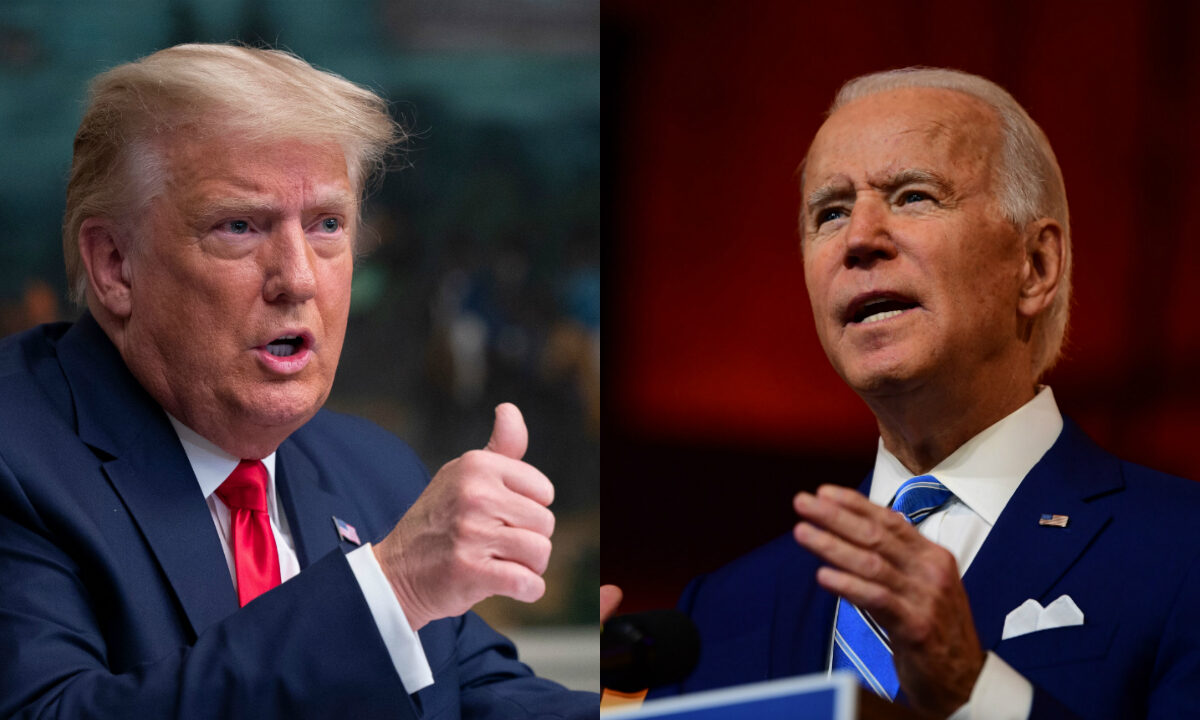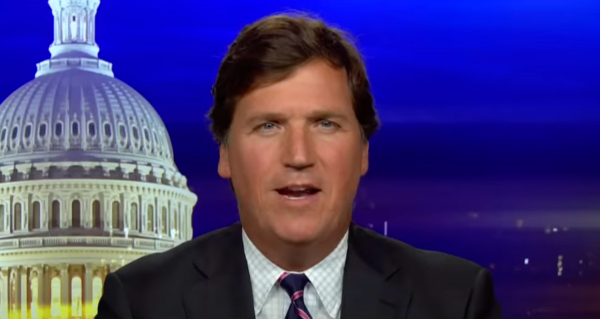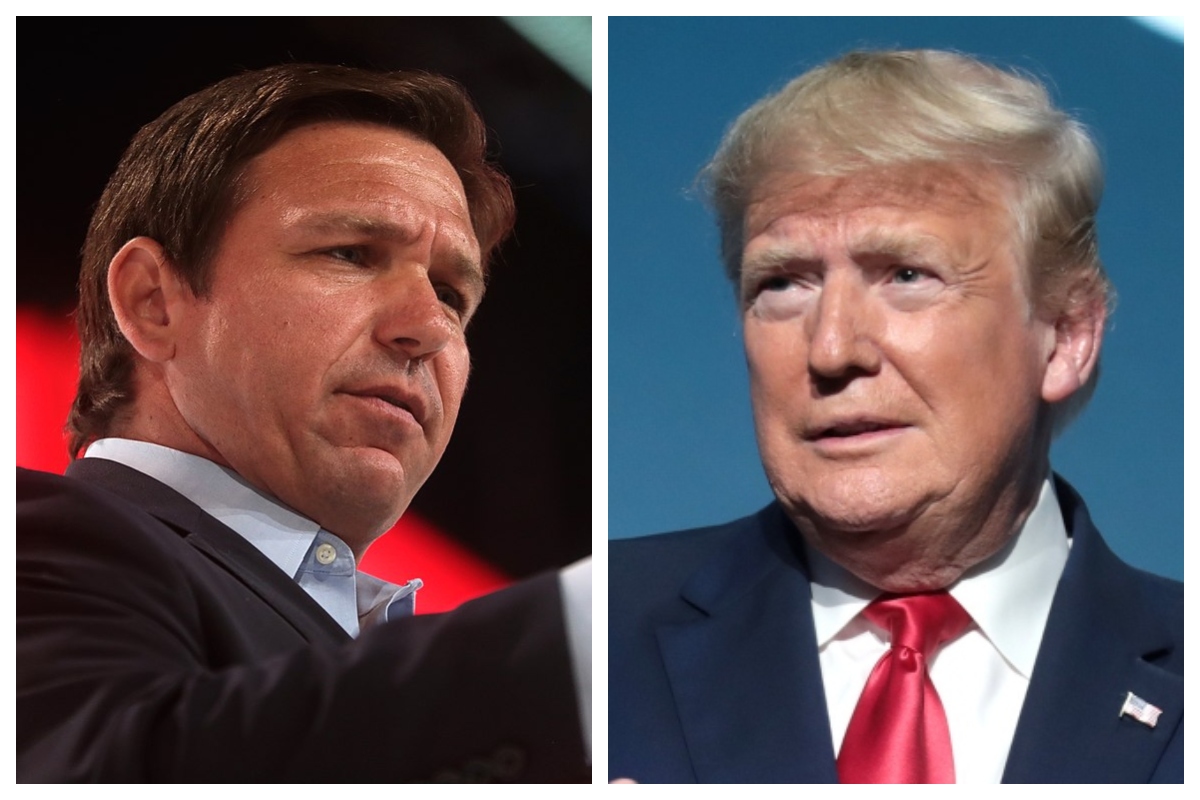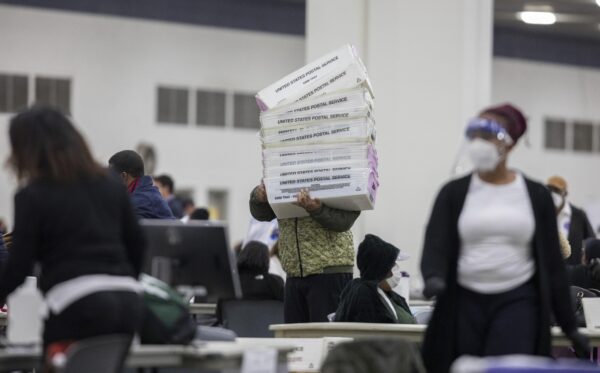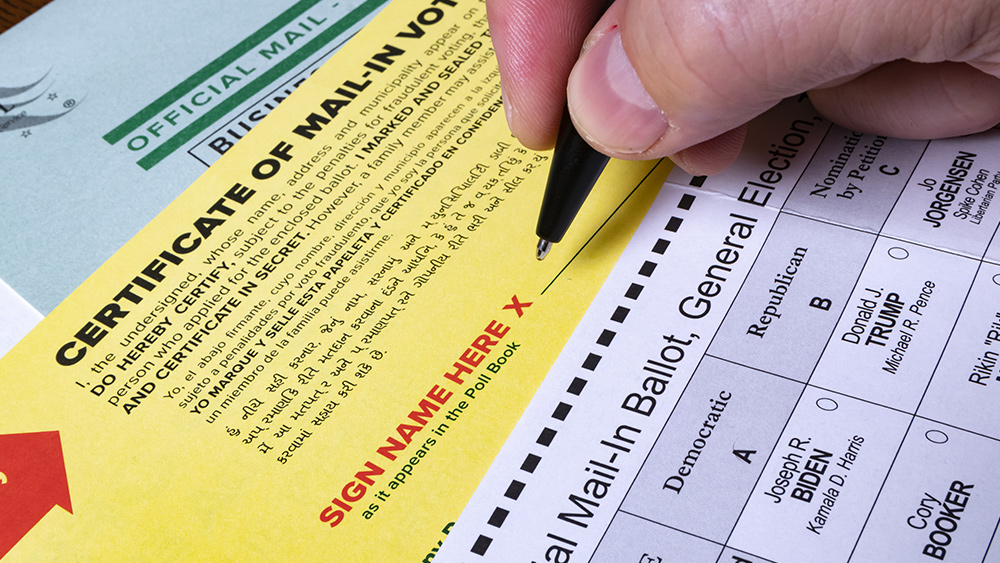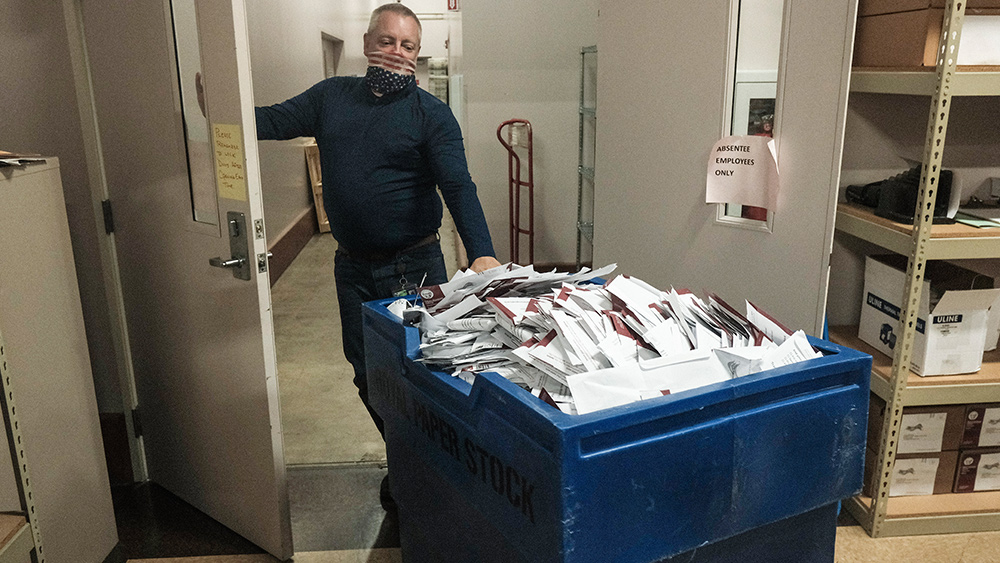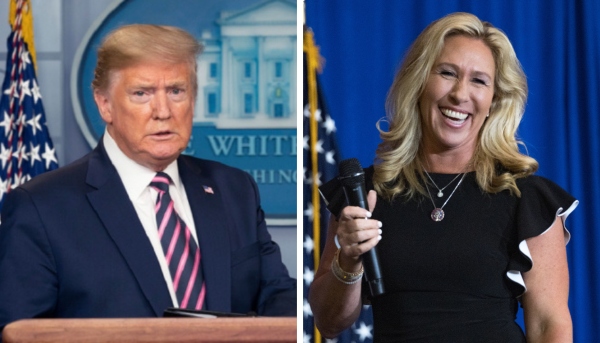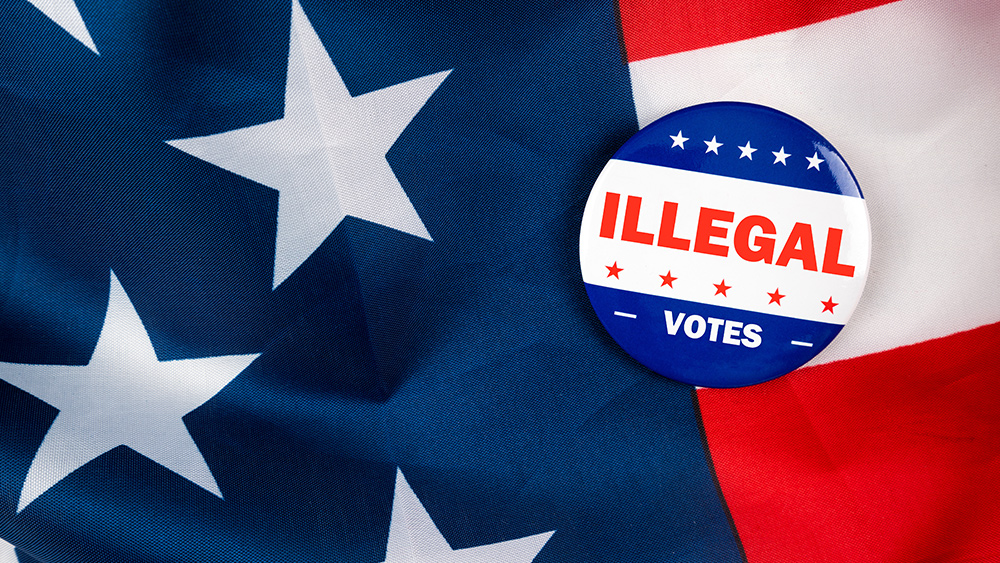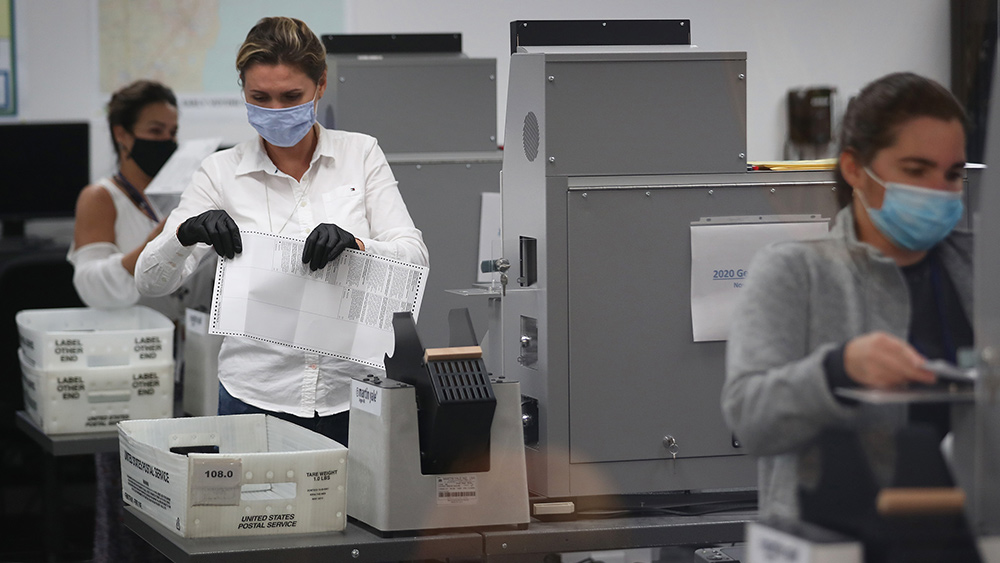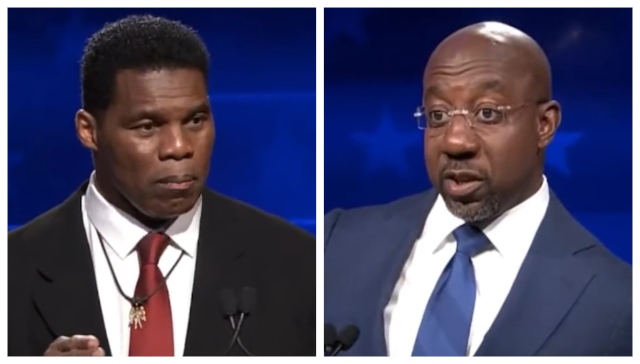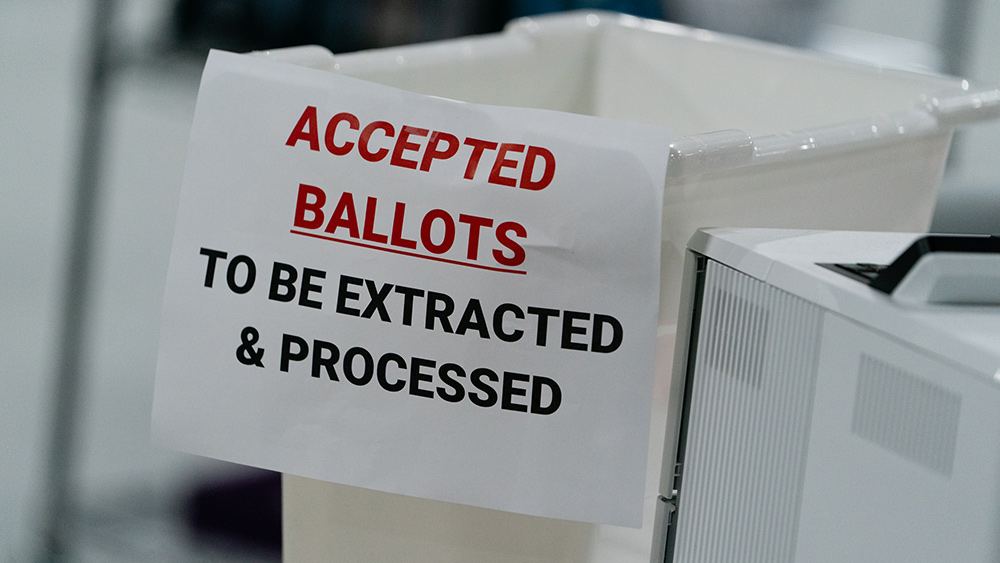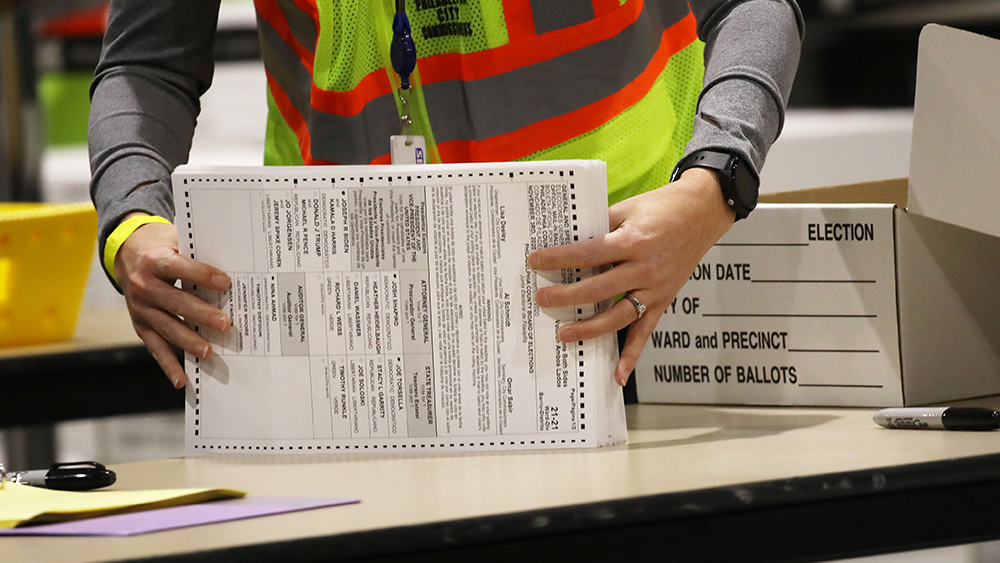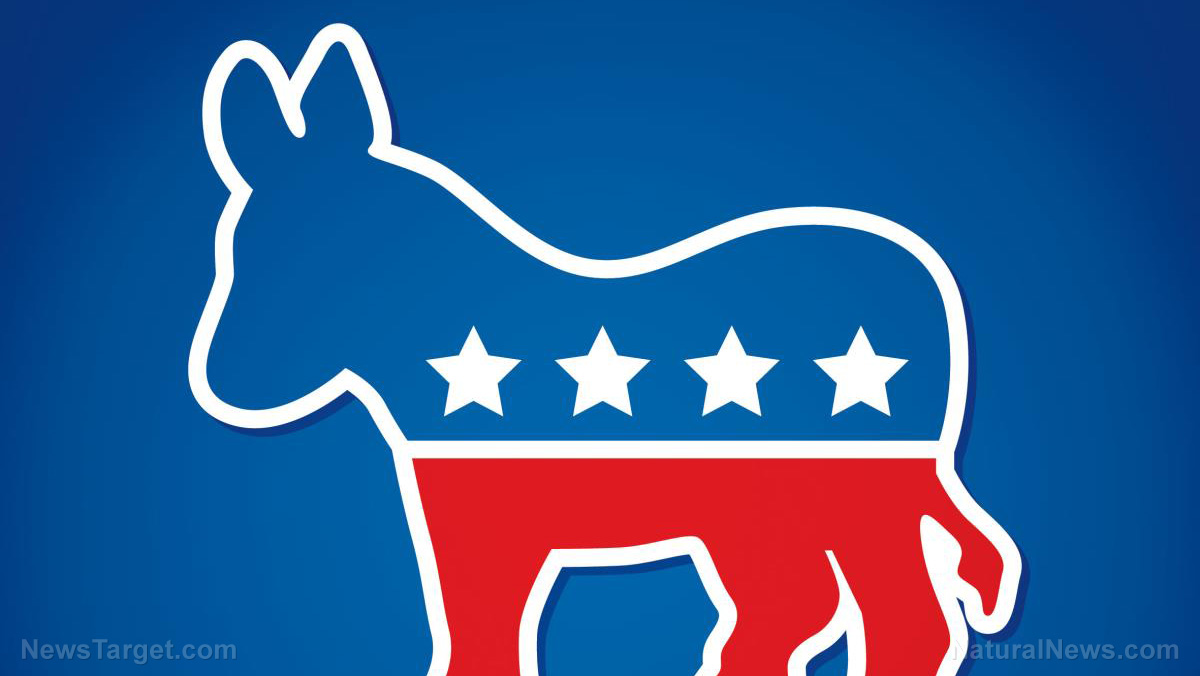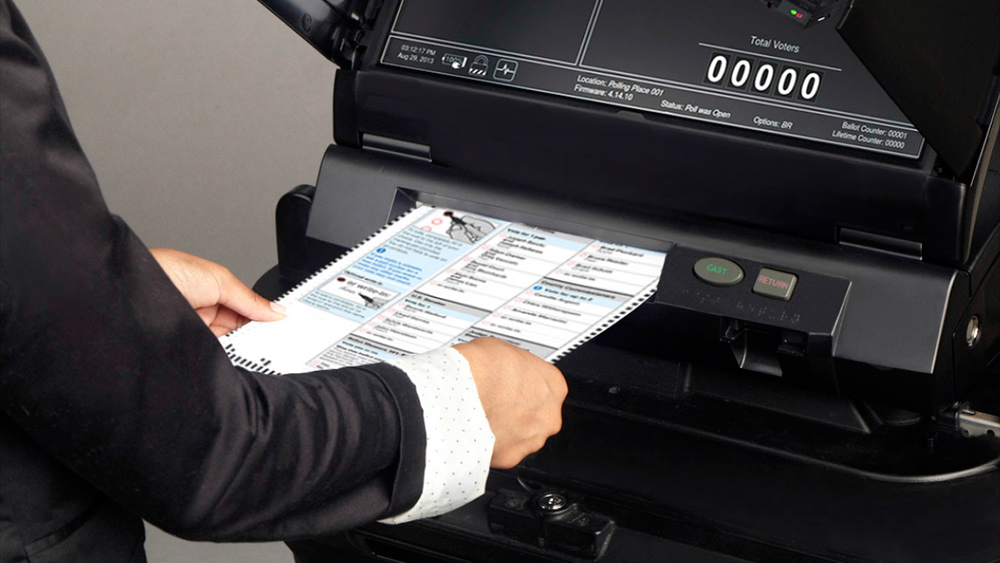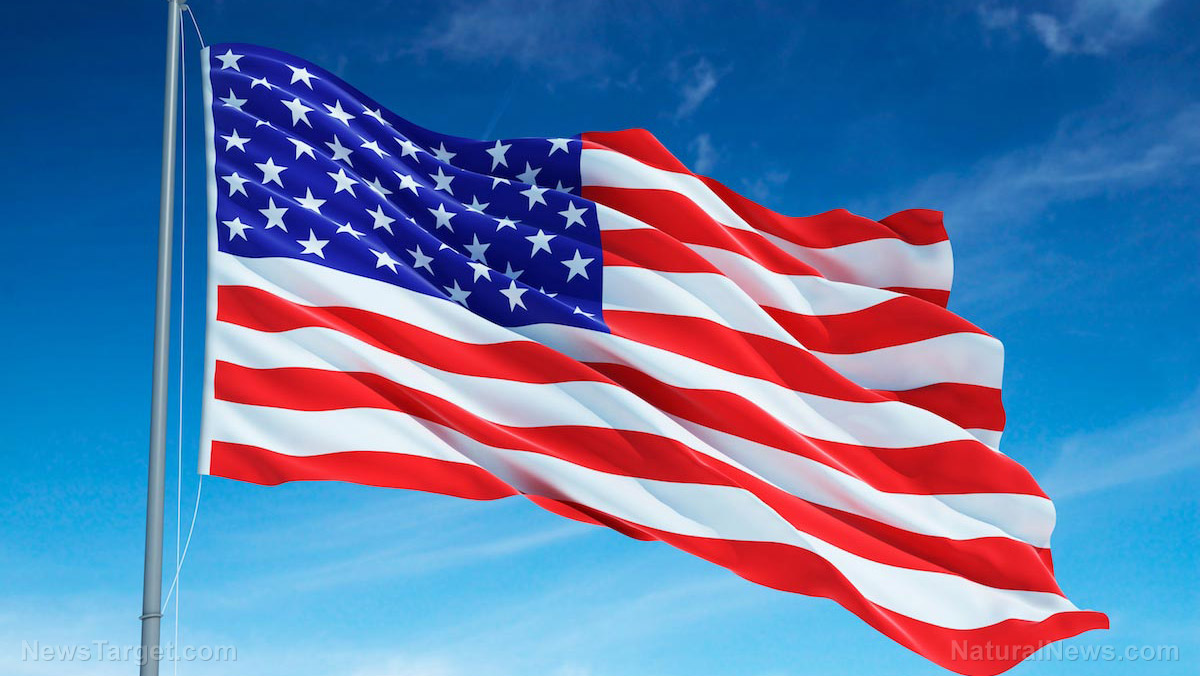China’s scramble to stockpile PPEs led to a shortage for the rest of the world
09/18/2020 / By Franz Walker
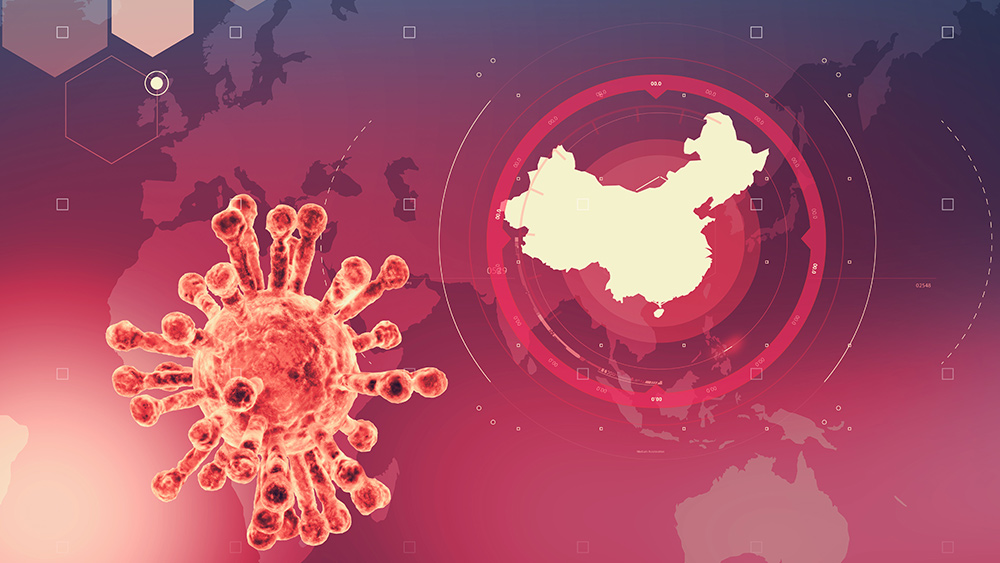
When the Wuhan coronavirus (COVID-19) hit China late last year, the country mounted a gargantuan effort to procure face masks and other PPEs. While that effort succeeded in getting China the supplies it needed, it has come at the cost of the rest of the world, which is now facing a shortage of masks.
As the coronavirus was making its first footholds in countries outside China in late January, Chinese civic organizations in dozens of countries on five continents began buying masks and other PPE. This was the beginning of a massive and unprecedented humanitarian mobilization to send PPE to China, orchestrated by the Chinese Communist Party’s United Front Work Department.
United Front mobilized overseas Chinese for PPEs for China
The response to the United Front’s call was swift, with Chinese expatriates overseas quickly mobilizing to send PPEs back home. In Nagoya, Japan volunteers were able to acquire 520,000 masks from pharmacies according to China’s Xinhua news agency. Meanwhile, in Canada, almost 100 people drove to Toronto – some making the trip overnight on icy roads – to help buy boxes of supplies.
One overseas Chinese association in Argentina sent around 25,000 masks within a week of receiving the request. Meanwhile, in countries such as Kenya and Italy, planes were packed with boxes and suitcases filled with PPE bound for China.
The efforts succeeded in plugging a gaping hole in the country’s supply of PPE at the time. On January 22, the eve of the lockdown in Wuhan, Alibaba reported that it only had 46.1 million masks in its inventory – only enough to allow one mask each for every resident of Beijing and Shanghai, never mind the rest of the country’s 1 billion residents. By the end of February, however, the campaign had sent 2.5 billion PPEs worth 8.2 billion yuan ($1.2 billion), including 2 billion masks.
This, however, coincided with other countries beginning to experience shortages of masks and other equipment. In that same month, the World Health Organization was already issuing warnings of an impending PPE shortage.
In the months that followed, China started exporting PPEs to the countries that were now experiencing shortages. The shortage was such that some countries even had to lower their standards for the importation of PPEs just to meet the demand.
PPE effort shows the extent of the United Front’s influence
The quick turnaround from having a shortage to actually exporting PPEs has put a focus on the organizational skill of the United Front. In late January, calls for help went out through United Front-affiliated overseas Chinese organizations or promoted through websites of Chinese consulates around the world.
It demonstrated how the United Front can mobilize thousands of organizations and social media groups. The group is the organizer or close affiliate of thousands of overseas associations focused on Chinese expatriates, who numbered 60 million according to government estimates from 2015. This includes people of Chinese origin born outside the country. (Related: “Return to China or commit suicide:” FBI Director says China’s “Fox Hunt” program a way to silence and imprison Chinese dissidents abroad.)
These groups – which include more than 250 such organizations in the U.S. according to a testimony made before the House Intelligence Committee – typically have words like “friendship” and “benevolent” in their names or are chambers of commerce or associations of people from select regions of China.
The United Front has actually caught the attention of the U.S. Congress since it is more than just a humanitarian organization. In June, 148 U.S. lawmakers called for sanctions on top United Front officials, citing the organization’s “malign influence campaigns” as a factor.
“Beijing’s exploitation of diaspora networks to gather personal protective equipment from overseas is a stunning example of how it is integrating economic, political, and security campaigns, with the United Front Work Department as the vanguard,” stated Robin Cleveland, chairman of the U.S.-China Economic and Security Review Commission, the bipartisan congressional organization that had previously published a report on the United Front in 2018.
Under the regime of Chinese President Xi Jinping, who set about revitalizing the organization in 2015, the United Front the grown to an unprecedented scale. Now, its campaign is providing countries around the world a unique opportunity to understand how powerful it is.
“Xi has clearly given a strong push to the United Front system to do more and be bolder,” said Alex Joske, who wrote a report about the organization for the Australian Strategic Policy Institute in June.
The question remains, however, whether the United Front can muster a similar result in a non-humanitarian context. After all, many overseas Chinese moved so they could get out of the Communist Party’s tight hold. Meanwhile, the PPE campaign may have resonated among overseas Chinese because it felt that it was more than political – there was an emergency in the old country. Indeed, other countries also sent aid to China.
That said, it’s clear that the influence of the United Front is something other countries will have to account for moving forward. According to Canadian member of Parliament Erin O’Toole, who heads the opposition Conservative Party, “every democratic country should be very concerned, because it is the influence of a foreign state in your home country.”
Follow Pandemic.news for more on the state of PPE shortages around the world and how China has been exploiting these for its gain.
Sources include:
Submit a correction >>
Tagged Under:
CCP, China, comunist party of china, coronavirus, covid-19, disease, facemask, mask diplomacy, outbreak, pandemic, PPE, PPE shortage, superbugs, virus, WHO
This article may contain statements that reflect the opinion of the author
RECENT NEWS & ARTICLES
Trump.News is a fact-based public education website published by Trump News Features, LLC.
All content copyright © 2018 by Trump News Features, LLC.
Contact Us with Tips or Corrections
All trademarks, registered trademarks and servicemarks mentioned on this site are the property of their respective owners.

